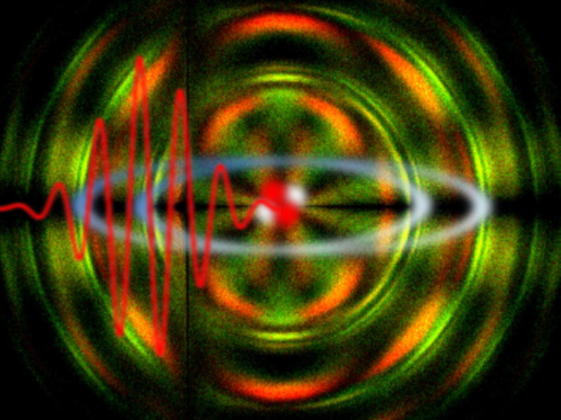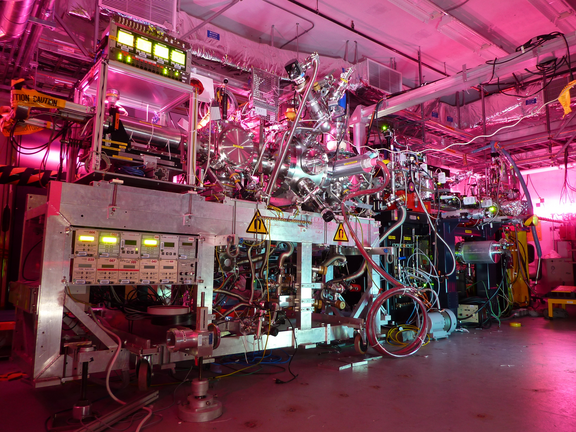Pfeifer Division
Employing intense laser pulses with femto- and attosecond (10-18 seconds) duration we encode and transmit questions to electrons living in atoms and molecules. We record their ultrafast answers with instruments such as reaction microscopes and multi-dimensional spectrometers. We thus actively interact with the building blocks of matter, and thus watch, listen to, but also influence their motion.
In our experiments, precise and highly stabilized laser and electron beams aim at testing physics theories, for example in the areas of many-body quantum dynamics, the physics in strong time-dependent fields, or the constancy of fundamental constants and the most precise definition of time.
The understanding and control of basic physical motion sequences, enabled by state-of-the-art laser technology may in the near future open new routes also in adjacent disciplines. Examples are laser light as photonic catalyst in chemistry, and ultrafast self-learning molecular quantum computers with clock speed rates close to petahertz (1 million gigahertz), i.e. almost a quadrillion (1015) operations per second on a single molecular processor.








